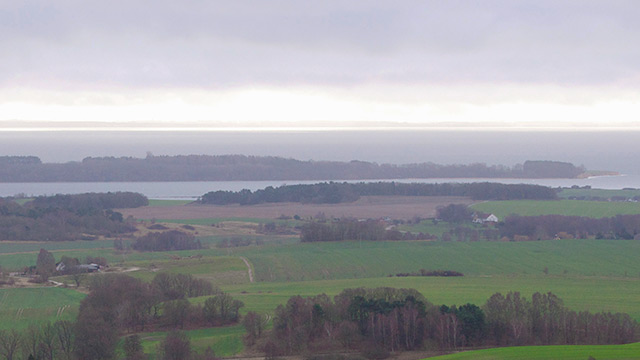
Rügen
The nature of the island of Rügen also played an important role in the way in which the painter’s unique style of landscape painting developed. As noted by the Friedrich researcher, Johannes Grave:’ Whatever it was that led Friedrich to leave Dresden (his home from 1798 onwards) for an unusually long time, Rügen offered him ample opportunity to make new acquaintances and renew old friendships.’
Records show that Caspar David Friedrich undertook seven hiking tours of the Isle of Rügen: twice in 1801 as well as in 1802, 1806, 1815, 1818 and 1826.
On his first tours, Friedrich not only discovered the chalk cliffs, various dolmens on Jasmund, and Cape Arkona on Wittow as important motifs, but he also developed a feeling and a technique for the artistic representation of the vastness of the landscape. In his paintings, he positioned the horizon very low, reflecting the flatness of the island’s scenery, thus dedicating a large proportion of the space to the sky. In addition, he elongated the horizontal field of view – similar to a modern-day panoramic photo – conveying an impression of sublime greatness and infinity.
This rather idiosyncratic pictorial composition can be seen as the starting point of a new type of landscape painting, which later also forms the basis of Friedrich’s important painting ‘Monk by the Sea’ (1808/10, Alte Nationalgalerie, Berlin).
The ‘Rügen Room’ at the Caspar David Friedrich Centre provides interesting information on the artist’s many travels to the Isle of Rügen and the drawings and sketches he produced there.
Source: Johannes Grave, Dagmar Lißke and Susanne Papenfuß
